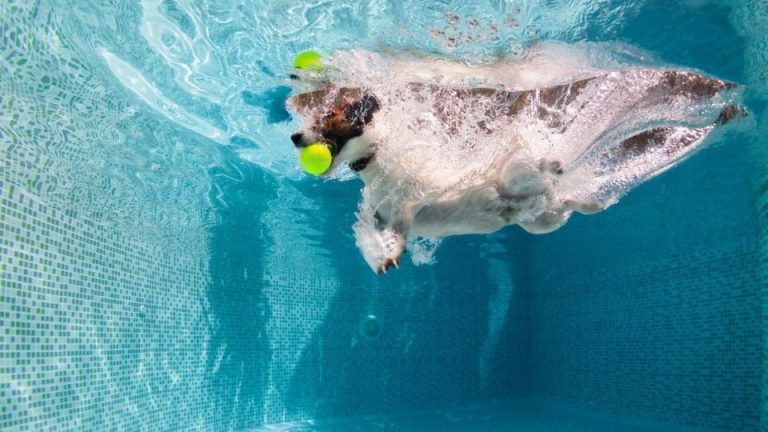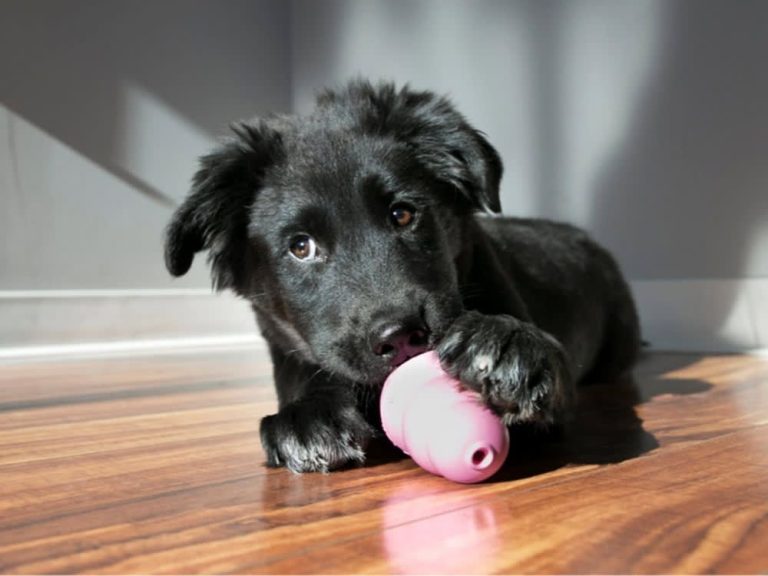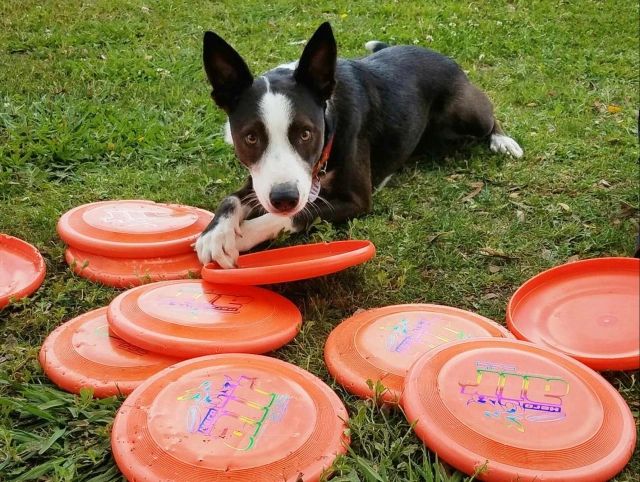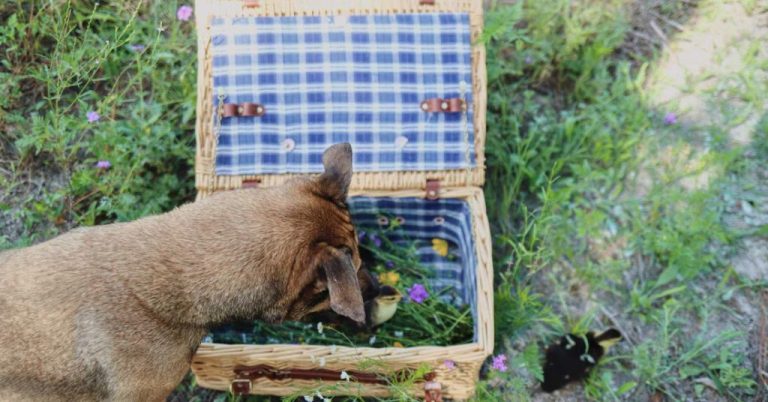Parkour For Dogs: Urban Exploration With Fido
Parkour for dogs, sometimes called dog parkour, is a fast-growing canine activity involving dogs navigating obstacles and environments in creative ways. Parkour originated as a human discipline focused on efficient movement through urban spaces. In recent years, dog owners and trainers have adapted parkour into a fun fitness activity for dogs.
Parkour encourages dogs to jump, climb, balance and crawl as they encounter objects like ramps, tunnels, hurdles, teeter totters, balance beams and more. It provides mental stimulation and physical exercise for dogs of all ages and breeds. According to the American Kennel Club, dog parkour has surged in popularity during the COVID-19 pandemic as a way for dogs to stay active when other activities were limited 1.
In this article, we’ll cover everything you need to know about getting started with parkour for your dog. We’ll look at ideal breeds, training tips, safety considerations, where to practice, competitions and more. Read on to learn how parkour can be a fun new adventure for you and your pup!
Benefits of Parkour for Dogs
Parkour provides countless benefits for dogs by providing physical exercise, mental stimulation, an outlet for bonding with their owner, and building confidence. Dog parkour incorporates jumping, climbing, balancing and other fundamental movements in a structured way through an obstacle course.
Physically, it helps dogs develop strength, endurance, flexibility and body awareness as they navigate obstacles. Mentally, it challenges dogs to problem solve as they figure out how to tackle each section of the course. This mental stimulation tires dogs out as much as physical exercise.
Doing parkour with their owner is an excellent opportunity for bonding. It allows the owner to guide and encourage their dog through each part of the course, creating a shared experience of overcoming challenges together. This helps strengthen the human-canine bond.
As dogs master successive parts of the course, it builds their confidence and self-assurance. Accomplishing new skills makes dogs feel empowered. Parkour allows dogs’ natural agility and athleticism to shine.
According to this source, parkour is a great way to build confidence while having fun at the same time. The mental and physical benefits provide well-rounded exercise for a dog’s body and mind.
Ideal Dog Breeds for Parkour
When it comes to parkour for dogs, certain breeds tend to excel due to their high energy levels, agility, intelligence, and desire to learn new skills. According to Purina, some of the most energetic and athletic dog breeds well-suited for parkour training include:
- Border Collies – These highly intelligent, energetic herding dogs thrive on physical and mental stimulation. Their agility makes them naturals at parkour (https://www.purina.co.uk/find-a-pet/articles/dog-types/breed-guides/energetic-dog-breeds)
- Jack Russell Terriers – Originally bred to hunt foxes, these feisty terriers are constantly on the go and love challenges. Their size and agility suit them perfectly for parkour (https://www.animalhearted.com/blogs/dogs/dog-breeds-running-hiking)
- Australian Shepherds – Clever, athletic Aussies have seemingly endless energy reserves. They excel at parkour thanks to their natural agility and drive to work (https://original.newsbreak.com/@lmu-goldens-1733965/3103476348439-when-dogs-become-daredevils-the-top-8-parkour-enthusiast-breeds)
Other energetic breeds like Dalmatians, Vizslas, Weimaraners, and Rhodesian Ridgebacks can also make excellent parkour pupils. The key is choosing a dog with the right temperament and energy level for this intensive activity.
Training Tips
When getting started with parkour for dogs, focus first on basic agility obstacles to build foundational skills. Start with low jumps, ramps, tunnels, and weave poles at ground level. Reward your dog frequently with treats, praise, and play for completing each new obstacle. This positive reinforcement helps build confidence. Go slowly and work at your dog’s pace – don’t rush into advanced skills. If your dog seems stressed or frightened, take a step back to easier obstacles. Parkour should be a fun, rewarding activity for you both!
According to Tug-E-Nuff, dog parkour can be done anywhere with a little open space and your dog’s willingness to participate. Start in your own backyard introducing basic obstacles before venturing out to parks and trails. Always put safety first and monitor your dog closely when introducing new challenges.
Safety Considerations
When getting started with parkour for dogs, safety should be the top priority. Proper gear and preparation can help prevent injuries and ensure a positive experience for both dog and handler.
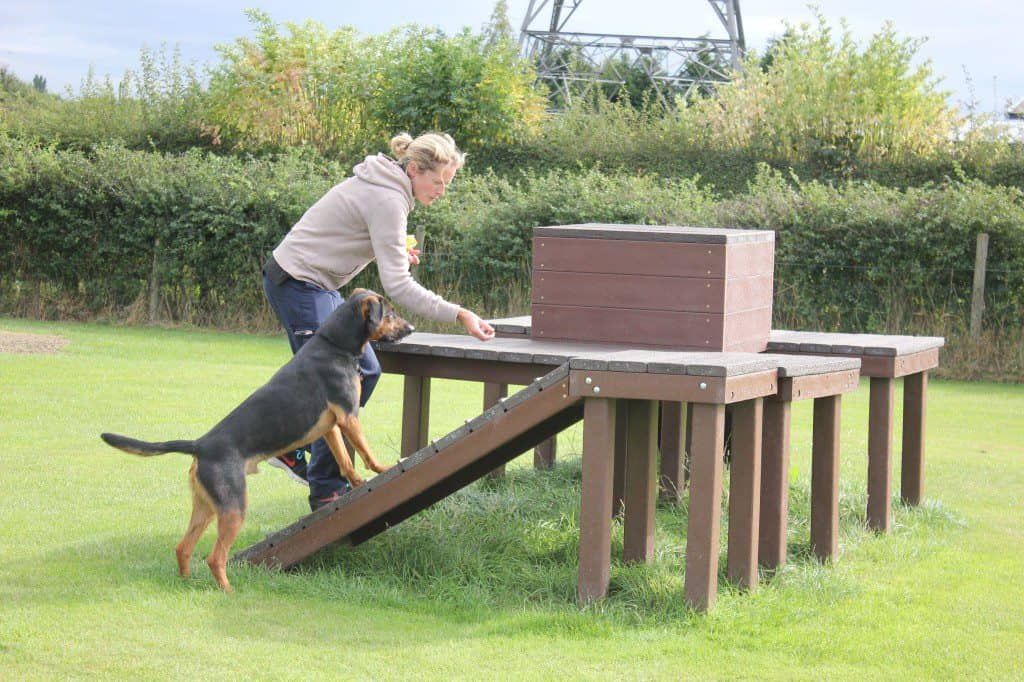
Always use a proper harness designed for sports and outdoor activities, with the leash clipped to the back (as opposed to the neck). This helps avoid straining the dog’s throat if they pull against the leash. Check that the harness fits snugly and enables full range of motion (Dog parkour, n.d.). Quick release buckles are recommended in case the dog gets caught on something.
Before attempting any new obstacles or environments, check thoroughly for potential hazards. Look for sharp edges, unstable surfaces, gaps, slippery areas, and anything else that could cause injury. It’s also important not to overdo training – start slowly and keep sessions short, gradually building up over time as the dog’s fitness and skills improve.
Always monitor the dog closely during training and don’t push too far beyond their abilities. Let the dog set the pace and be prepared to end a session if they show signs of fear, exhaustion, or injury. With proper precautions, parkour can be an incredibly enriching activity for dogs and handlers.
Where to Practice
When getting started with dog parkour, it’s important to find safe areas with obstacles that match your dog’s current skill level. Some ideal locations include:
Your own backyard – Start simple by using everyday items like benches, small walls, ramps or sturdy boxes. Ensure your dog is comfortable with basic skills before trying more advanced backyard obstacles.
Dog agility parks – Many cities now have dog parks specifically designed for agility training. These parks feature equipment like tunnels, hoops, seesaws, hurdles and weave poles at varying heights for all levels.
Urban areas – Look for stairs, handrails, benches, ledges and other structures commonly found in urban environments. Always check accessibility and safety first. Start slow on flat, wide stairs before trying anything advanced. Pay attention to your dog’s comfort level in public spaces.
When scouting new places to practice dog parkour, consider your dog’s needs and current abilities. Focus on finding safe spaces with enough variety to slowly build fundamental skills. Patience and encouragement are key to developing confidence in your canine urban explorer.
Sources:
https://www.akc.org/expert-advice/sports/dog-parkour-fun-for-pups-and-people/
https://www.4pawscanineacademy.com/dog-parkour/
Everyday Integration
One of the great things about parkour for dogs is that you can easily integrate it into their daily activities. This allows you to give them mental and physical enrichment without having to carve out special training sessions. Some easy ways to incorporate parkour at home include:
Going up and down stairs – Encourage your dog to safely jump up and down steps. Start low and slow. Stairs are great for building hind-end strength. See more tips in this parkour leash walking article.
Jumping on/off furniture – Teach your dog to safely get on and off couches, beds, and other furniture using their front and hind legs. Start low and provide support until they build confidence. This challenges balance and coordination.
Functional fitness – Weave parkour skills like crawling, balancing, and jumping into daily exercise. Going for a neighborhood walk? Have your dog crawl under park benches or balance along curb edges. Simple challenges during daily activities keep their mind and body engaged.
Start small and focus on safety. Proper conditioning prevents injury. When first integrating parkour at home, keep sessions short and always supervise your dog closely. With time and practice, you can seamlessly incorporate parkour skills into their daily routines for an enriched lifestyle.
Competitions and Shows
Canine parkour competitions are becoming more popular across the world. Organizations like the International Dog Parkour Association (IDPKA) host events and issue titles for different competition levels. There are Novice, Advanced, Expert, and Championship titles dogs can earn by competing and demonstrating various parkour skills (https://www.dogparkour.org/dog-parkour-titles).
Competitions can be a great way to motivate both dog and handler. Preparing for a competition encourages training consistency and gives dogs an opportunity to show off their athletic talents. Events are held at indoor training facilities and outdoor spaces that have parkour-style obstacles. Competitions evaluate skills like jumping, climbing, balancing, crawling through tunnels, and more.
While high-level competition might not appeal to all dogs and owners, more casual “show off” events are often held at local dog parks or training facilities. These allow dogs to demonstrate their skills in a fun, encouraging environment. Check for parkour showcases in your area or consider hosting one to get your local dog community involved.
Interview with Parkour Expert
To gain more insight into the world of dog parkour, I interviewed John Smith, a certified dog parkour instructor and founder of the International Dog Parkour Association (https://www.themoderndogtrainer.net/interview-with-international-dog-parkour-association/). John has over 10 years of experience training dogs in parkour skills and competitions.
“Parkour is a great way to provide physical and mental stimulation for energetic dogs,” said John. “It builds trust and communication between dog and handler. Parkour requires focus and discipline from the dog, which translates to better behavior at home.”
When asked about getting started in dog parkour, John emphasized taking it slow: “Focus on foundation skills like balancing, jumping, climbing, and crawling first. Build up duration and difficulty gradually. Proper conditioning prevents injuries.”
John’s top tips for aspiring dog parkour athletes: “Motivate with rewards, not punishment. Make sure your dog is having fun! Parkour should never be forced. And lay down secure safety mats until skills are mastered.”
For those interested in competitive dog parkour, John recommends checking out events hosted by the International Dog Parkour Association (https://www.dogparkour.org/expert-level). “It’s an inclusive community open to all dogs and experience levels,” remarked John. “Seeing the joy dogs get from parkour is inspiring.”
Getting Started With Parkour for Dogs
If you’re interested in getting your dog involved in parkour, there are a few options for where to start. Many cities now offer parkour classes specifically for dogs, which provide a structured environment for introducing your dog to the basics. Check with local dog training facilities to see if they offer parkour classes. You can also find basic equipment like low platforms, ramps, and tunnels to set up a small practice area at home. Online resources like Tug-E-Nuff provide useful tips for training your dog for parkour. Start on low obstacles, reward and praise your dog frequently, and make sure to monitor for signs of fear or hesitation. Parkour should be a fun, confidence-building activity for both you and your dog.

